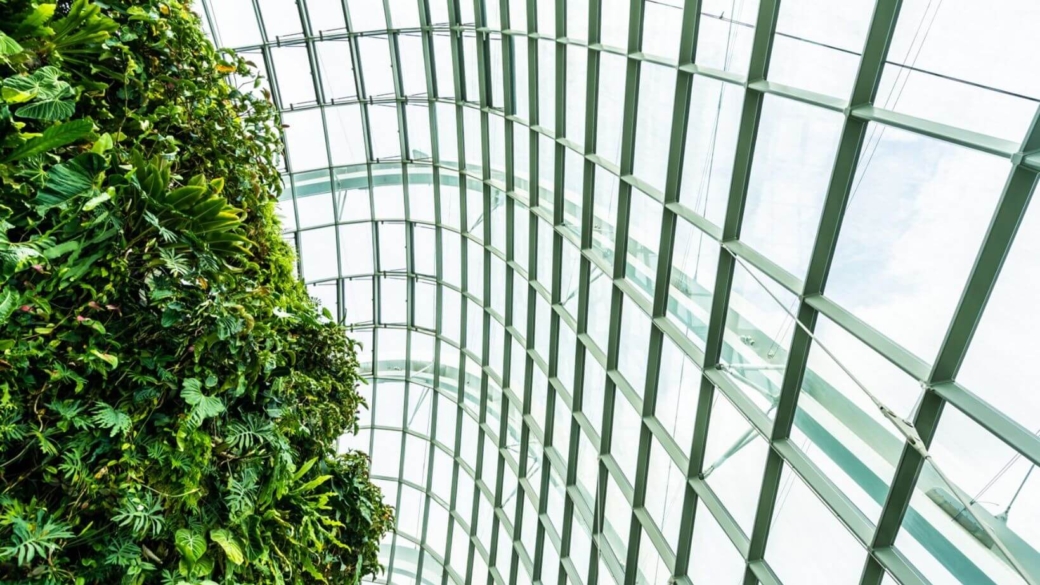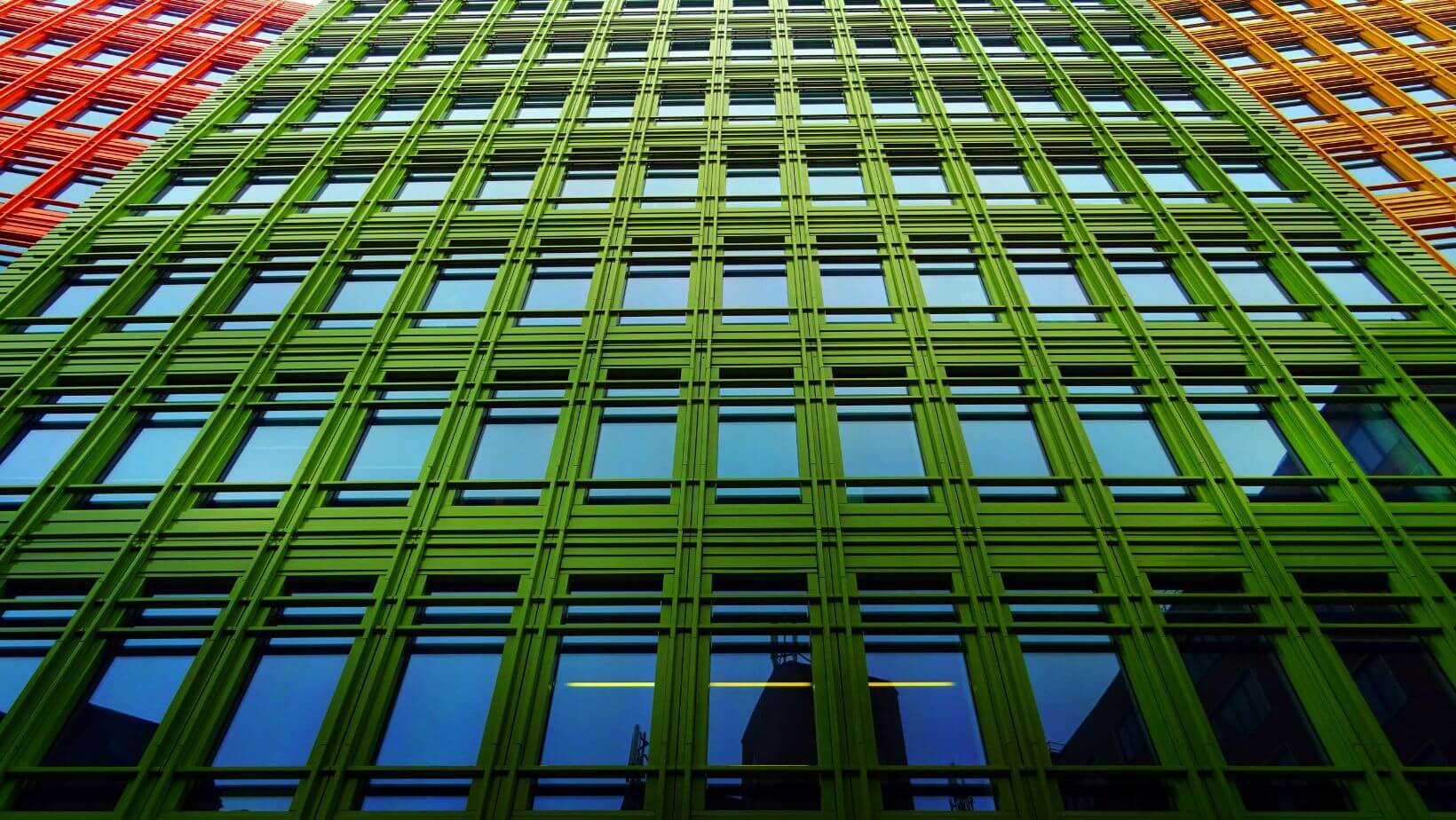There is an urgent need to change and improve our relationship with the environment. At the center of this revolution is the use of green building materials, which provide innovative solutions that help the planet and the people who live in them. Now, let’s learn how these materials are revolutionizing the construction of the future and why they should be important to us.
The Push for Sustainability in Construction
Historically, construction has been resource-intensive and is responsible for a considerable amount of carbon emissions and waste. The demand for eco-friendly solutions, however, has increased in recent years. Companies, homeowners, and governments are all searching for smarter, cleaner, more sustainable ways to build.
Leading the green charge are green building materials such as bamboo, recycled steel, and engineered wood. The use of these materials not only minimizes waste and lowers energy consumption, but also has a smaller carbon footprint than traditional alternatives.
What Are Green Building Materials?
Green building materials are built to be environmentally friendly throughout the whole cycle of their life along with production, use, and disposal. Here are a few examples making waves in the industry:
- Recycled Steel: Instead of mining and refining new steel, recycled steel uses existing materials, cutting energy consumption by up to 75%.
- Bamboo: Fast-growing and renewable, bamboo is an excellent alternative to hardwood for flooring, framing, and even furniture.
- Hempcrete: Made from hemp fibers, lime, and water, hempcrete is lightweight, strong, and highly insulating.
- Reclaimed Wood: Salvaged from old buildings or furniture, reclaimed wood reduces deforestation and adds character to new construction projects.
- Low-VOC Paints: These paints emit fewer volatile organic compounds (VOCs), improving indoor air quality and reducing harmful emissions.
Benefits of Green Building Materials
Going green isn’t just good for the environment, but also has real benefits for builders, homeowners, and the broader community. Here’s why they’re worth considering:
- Energy Efficiency: Materials like insulated concrete forms (ICFs) and low-emissivity windows help reduce energy use, cutting heating and cooling costs.
- Healthier Living Spaces: Non-toxic paints, adhesives, and finishes create healthier indoor environments.
- Cost Savings: While some green materials have a higher upfront cost, their durability and energy efficiency can lead to long-term savings.
- Aesthetic Appeal: Materials like reclaimed wood and natural stone offer unique, high-end looks that can enhance a building’s design.
Real-Life Examples of Green Construction
Across the globe, green building materials are being used to create stunning, sustainable projects. Here are a few inspiring examples:
- Bullitt Center (Seattle, USA): Often called the greenest commercial building in the world, the Bullitt Center uses recycled materials, solar panels, and rainwater harvesting systems.
- One Central Park (Sydney, Australia): This residential building features vertical gardens, low-carbon concrete, and water recycling systems, making it a model for sustainable urban living.
- Brock Commons (Vancouver, Canada): An 18-story student residence built primarily with cross-laminated timber (CLT), demonstrating the potential of wood in high-rise construction.
Challenges and the Road Ahead
The benefits of green materials are clear, but there are challenges. Their adoption can be restricted by availability, cost, and lack of awareness. On the other hand, with increased investment in sustainable technologies and greater environmental protection legislation, green building materials are set to increase.
If you’re looking for inspiration or guidance on incorporating green materials into your construction projects, companies like Earnest Homes are leading the way. They specialize in helping property investors find the perfect modern, sustainable design that blends functionality with eco-conscious innovation, helping homeowners achieve their dream spaces without compromising on quality or the environment.
Education will also be important. To make informed choices, architects, builders, and homeowners need to understand the long-term benefits of these materials.
What Can You Do?
Whether you’re building a new home or renovating an existing space, you can make greener choices. Here are a few tips:
- Research: Learn about eco-friendly materials and ask your builder to incorporate them into your project.
- Start Small: Even small changes, like using low-VOC paints or installing energy-efficient windows, can make a difference.
- Think Long-Term: Consider the lifecycle costs of materials, not just the initial price.
Conclusion
The future of construction is moving towards being sustainable, efficient, and innovative and green building materials are rising up to define it. These will become the standard, not the exception as awareness of the materials increases and technology improves. With the green materials we choose today, we are creating a sustainable future – one structure at a time.



